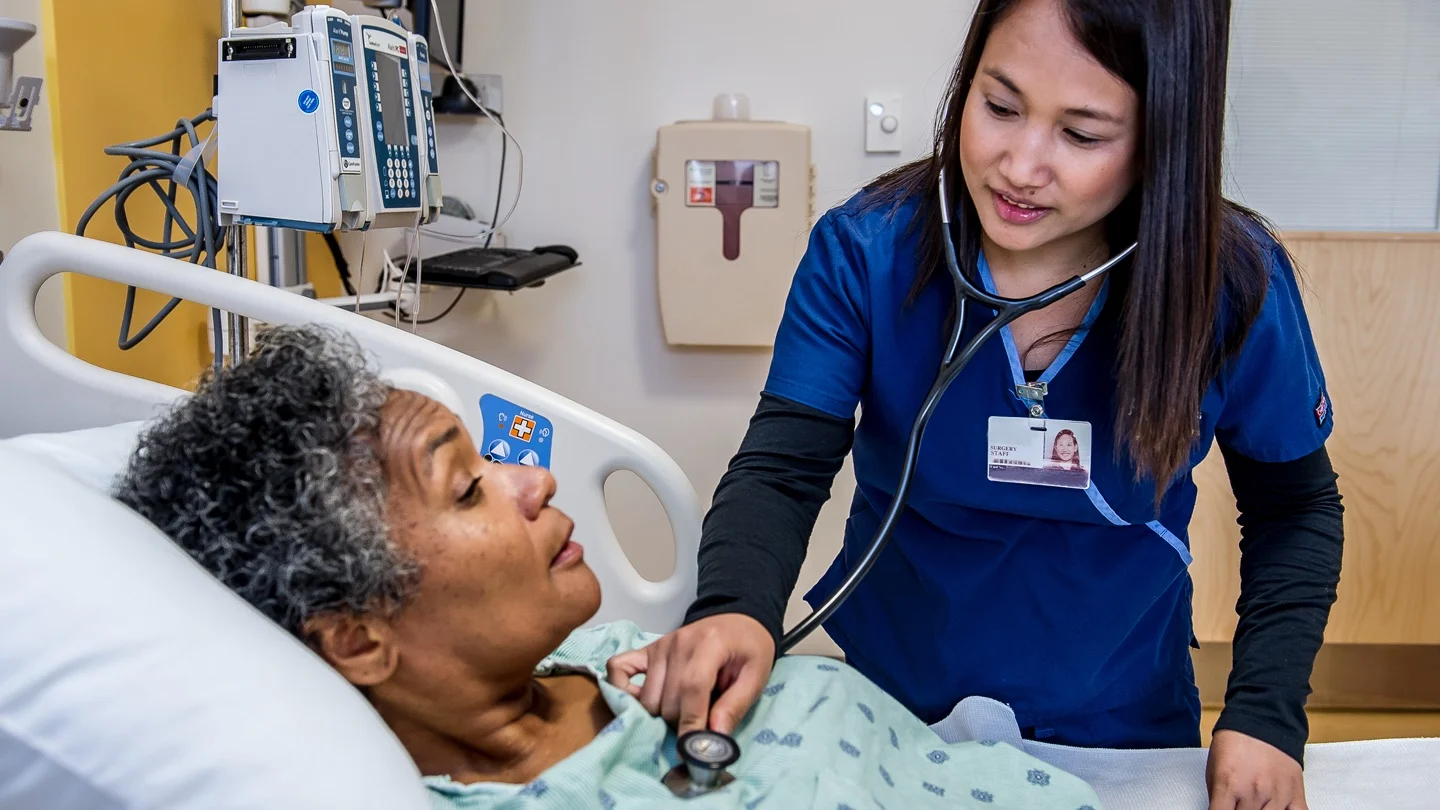Today our topic of discussion is Respiration of Vital Sings.
Respiration of Vital Sings

RESPIRATION
Respiration monitoring is an involuntary process of inspiration (inhalation), expiration (exhalation) in a patient.Respiration is the act of breathing in and breathing out. It includes inspiration and expiration.
The exchange of gases between the blood and lungs is called external or pulmonary respiration. The exchange of gases between the blood and cell is called internal respiration. Assessing respirations is shown in Figure.
Respiration is the act of breathing. It includes the intake of oxygen and the output of carbon dioxide, i.e. respiration consists of inspiration and expiration.

Purpose
- To determine the respiratory status of the patient
- To determine number of respiration occurring per minute.
- To gather information about rhythm and depth.
- To assess response of patient to any related therapy/ medication.
Times of Respiration
- External respiration: The exchange of gases between the blood and the air in the lungs is called as external or pulmonary respiration.
- Internal respiration: The exchange of gases between the blood and the tissue cells is called as internal or tissue respiration.
- Regulation of respiration: It is a rhythmical movement’s respiration is regulated by respiratory center in the brain called medulla oblongata, nerve fibers of the autonomic nervous system and the chemical composition of the blood.

Normal Rates
- At birth 30 to 40 breaths/minute
- One year 26 to 30 breaths/minute
- 2 to 5 years 20 to 26 breaths/minute Adolescence 20 breaths/minute 0
- Adults 16 to 20 breaths/minute
- Old age 10 to 24 breaths/minute.
Read more:
